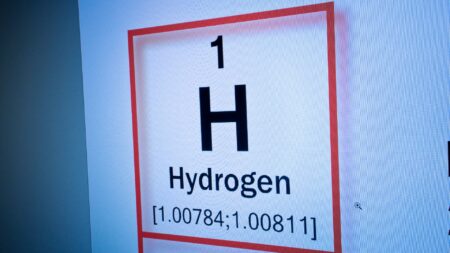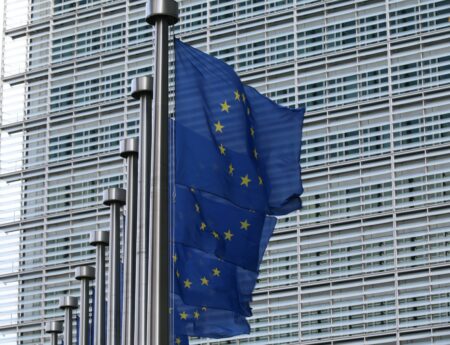TÜV NORD energy expert Silvio Konrad anticipates significant strides towards climate-neutral industrial production in Germany in 2024.
Browsing: Report
Environmental Defense Fund and nearly seventy health, environmental, and public interest groups are urging the Environmental Protection Agency (EPA) to combat dangerous air pollution caused by hydrogen production with fossil fuels.
Spain is leveraging €1.5bn in EU funds to propel itself into the forefront of the green hydrogen revolution. However, scars from the country’s solar energy missteps in the early 2010s serve as a stark reminder of the importance of careful planning and foresight.
India’s Union Minister for New & Renewable Energy and Power, R.K. Singh, has unveiled the National Green Hydrogen Mission, signaling a revolutionary transformation in the country’s energy landscape.
In a dynamic shift towards sustainable energy, oil and gas majors have emerged as significant players in the low-carbon hydrogen market, commanding an 8% share globally. This paradigmatic transition reflects a strategic response to the escalating demand for cleaner energy alternatives. Let’s delve into the goals, technology, potential impact, and challenges surrounding this transformative trend.
As the climate crisis intensifies and extreme weather events batter the Indian subcontinent, India is confronting the urgent need for a green transition.
The Hydrogen Transition Summit takes center stage at the Conference of the Parties 28 (COP28), marking a pivotal moment in the global climate and energy agenda.
The hydrogen industry’s eager anticipation of the American market is met with a cloud of uncertainty, stirred by a leaked draft of Treasury Department rules regarding hydrogen tax credits under the Biden administration’s climate law.
In the quest to establish a coherent governance structure for the burgeoning hydrogen market in the European Union, negotiations are underway, with divergent views and proposed models vying for consensus.
In a historic move towards decarbonizing the maritime industry, green hydrogen producers have committed to supplying 11 million tons of low-emission fuel for the shipping sector by 2030.











